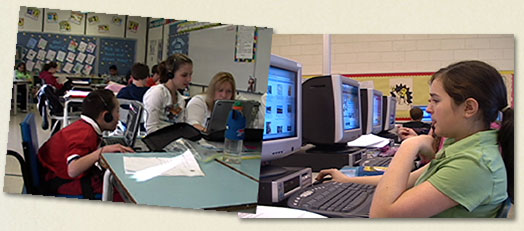
What does an accessible classroom look like?
While it’s agreed such a learning environment must enable each child to realize his or her potential to succeed, research author Sharon Friesen of the Galileo Educational Network says one key ingredient – the effective use of technology – can expand learning opportunities for all. This especially rings true for children with learning disabilities and other special needs.
Teachers of accessible classrooms view teaching as a scholarship. They systematically inquire into various aspects of their teaching and make evidence-based instructional decisions. They are open to improving their practice. Teachers need to be seen as design research partners in the creation of accessible, universally designed classrooms.
This study builds from previous work, including Alberta’s Commission on Learning, Alberta Initiative for School Improvement, special education programming and other technology initiatives undertaken by the province. However, all these pieces of knowledge have typically been treated as separate entities. A coherent package focusing on each child being able to work in the most enabling environment for his or her needs is required.
Designing a classroom experience that creates something meaningful for everyone is a huge challenge. But it’s one that can be successfully accomplished, as you’ll see in the following chapters.










